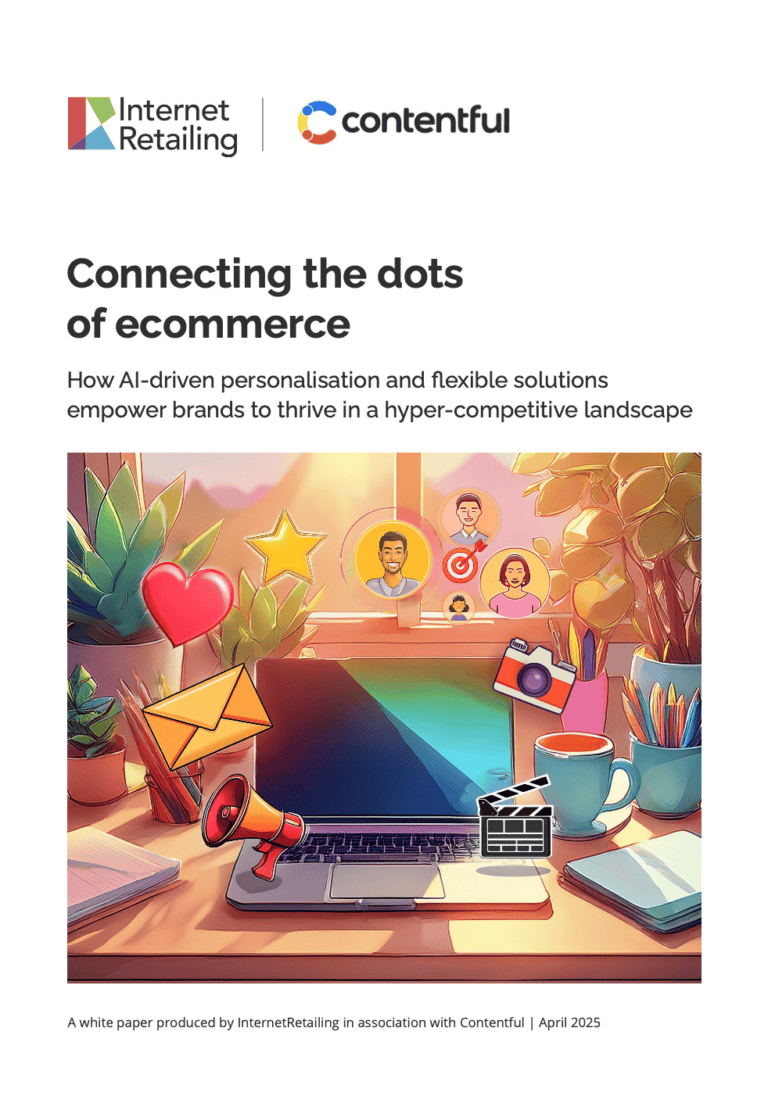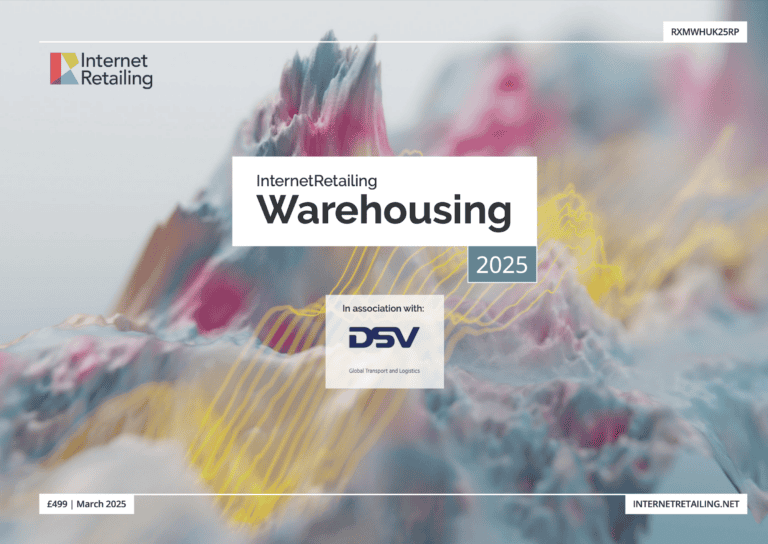In the latest in our series of ecommerce and multichannel predictions for the year ahead we bring together industry views on operations and logistics, including changes in the supply chain, new technologies and upcoming trends.
Vertical integration
With supply chain disruption ongoing, we’ll start to see more retailers taking delays into their own hands – be it starting their own or acquiring a postal service, or buying proprietary ships, jets or factories. This means having more ownership over their manufacturers and factories, making it less of a concern to communicate supply chain issues since they will already know about them. This opens the door for retailers to reassess every single mile of the supply chain process – whether it’s factories, shutdowns, shipping or postal delays. Brexit has furthered the need for more localised involvement.
Melissa Minkow, director, Retail Strategy at CI&T
Continued fulfillment innovation will further optimize retail operations
“After coping with the pandemic-driven supply disruptions and consumer demand shifts to online and omnichannel fulfillment, retailers are looking at 2022 as the year to revisit their inventory strategies across the supply chain, but especially as it relates to getting inventory into the hands of customers. In 2022, retailers are looking at experimenting more heavily with dark stores, gray stores, dropship, as well as more dynamic use of fulfillment rules, for example, replenishing stores from the eCommerce DC if inventory is moving faster in stores than online, or holding back a replenishment order for stores to send to the eCom DC instead if the opposite is happening. Next year, retailers appear poised to open up their supply chains for new fulfillment options more than they ever have before.”
Nikki Baird, vice president of retail innovation at Aptos
Expect a broader mix of gig economy courier delivery for ecommerce
“During the pandemic, it was mainly restaurants, cafes, supermarkets and grocery stores that embraced on-demand courier and messenger services to add delivery capabilities as orders soared. In 2022, we are likely to see this trend continue and broaden as other retail sectors such as consumer electronics opt to deliver products directly from the store to the consumer, often within just a couple hours of order placement. Traditional carriers such as DHL can’t do two-hour delivery, but the likes of Uber and Lyft can. And who says they can only deliver food and groceries?”
Ken Fleming, president of Logistyx Technologies
The Golden Quarter is expanding
“For years now, retailers have started to feel the Golden Quarter expanding as consumers shop earlier. 2020 saw lockdown affecting the Black Friday and Christmas shopping period, while 2021 has seen consumers scrambling to buy gifts earlier amid uncertainties, according to our latest research with GWI. Shortages have led to people buying earlier and the desire to ensure Christmas makes up for last year’s disruption will lead to higher retail spend. It would therefore be naive to think 2022 will go back to ‘normal’, where retailers prioritise a December peak and the ‘Christmas period’.
“On the contrary, the ‘Christmas period’ will start in September.
“We’re already seeing what was once a December peak shifting to November; this shifts the demand on supply chains across the whole quarter, and retailers need to be prepared to better navigate the longer demand peak, particularly amid more unpredictable external events. Retailers will need to make sure they have the capacity to manage an extended demand period of shopping and ensure they have the right stock levels to really benefit during this period.
“The ability to leverage the latest technology to plan and recalibrate heading into a longer sales peak will be imperative to ease the burden of the retail industry and make sure headlines are focused on joy rather than chaos in 2022.”
Wayne Snyder, VP Retail Industry Strategy,Blue Yonder
On managing supply chain disruption
“Retailers will need to work hard in the coming months to eliminate data silos and implement scalable and flexible technologies to address issues across their supply chains. The best approach given the immediacy of the challenge may well be pre-built libraries of connectors and accelerators to deliver rapid results, but industry-leaders will also experiment with innovative new uses of IoT and AI solutions to deliver next-level supply chain visibility.”
Oliver Guy, senior director, Industry Solutions at Software AG
Enterprises Tap AI to Optimize Logistics
“AI’s greatest power is found in simplifying incredibly complex problems. Supply chain optimization will become a critical area for retailers to meet customer demands for product availability and faster delivery. AI can enable more frequent and more accurate forecasting, ensuring the right product is at the right store at the right time. Computer vision and robotics will add AI intelligence to distribution centers. Solutions like autonomous forklifts, robots and intelligent multi-shuttle cabinets will reduce conveyor starvation and downtime and automate pick-and-pack of items to double throughput. Last-mile delivery leveraging data science will help dynamic rerouting, simulations and sub-second solver response time.”
Azita Martin, vice president & general manager of Artificial Intelligence for Retail
Re-energised exports
Exports have been something of a headache for UK-based retailers during the last 12 to 18 months. Disruption and volatility caused by post-Brexit trading changes, COVID-19 and the Suez Canal blockage, have meant that many eCommerce retailers, especially SMEs, have honed-in on UK-only sales. This will change in 2022.
Positive steps continue to be made in addressing export and import tariffs between the UK and the US. Admittedly, there’s still some way to go in lifting Trump-era tariffs, however, there seems to be a growing consensus that the tariffs aren’t really working for either nation. The lowering of duties will reinvigorate trading between the UK and US, as retail prices won’t be swelled by tariffs and products become more affordable for a wider audience of shoppers.
The beginning of January also saw the introduction of new, full customs controls between the UK and the EU. This will ratify many of the post-Brexit trading changes, which can be considered permanent and, as a result, there is greater clarity as to what is required to effectively trade within the bloc. Incorporation of EU entities and dual/multi territory location of stock is becoming a well-grooved process, supported by a host of providers in services such as logistics, tax and legal compliance. UK-based companies will face fewer challenges and be more inclined to start investing in exports again.
Lee Thompson, managing director, fulfilmentcrowd










